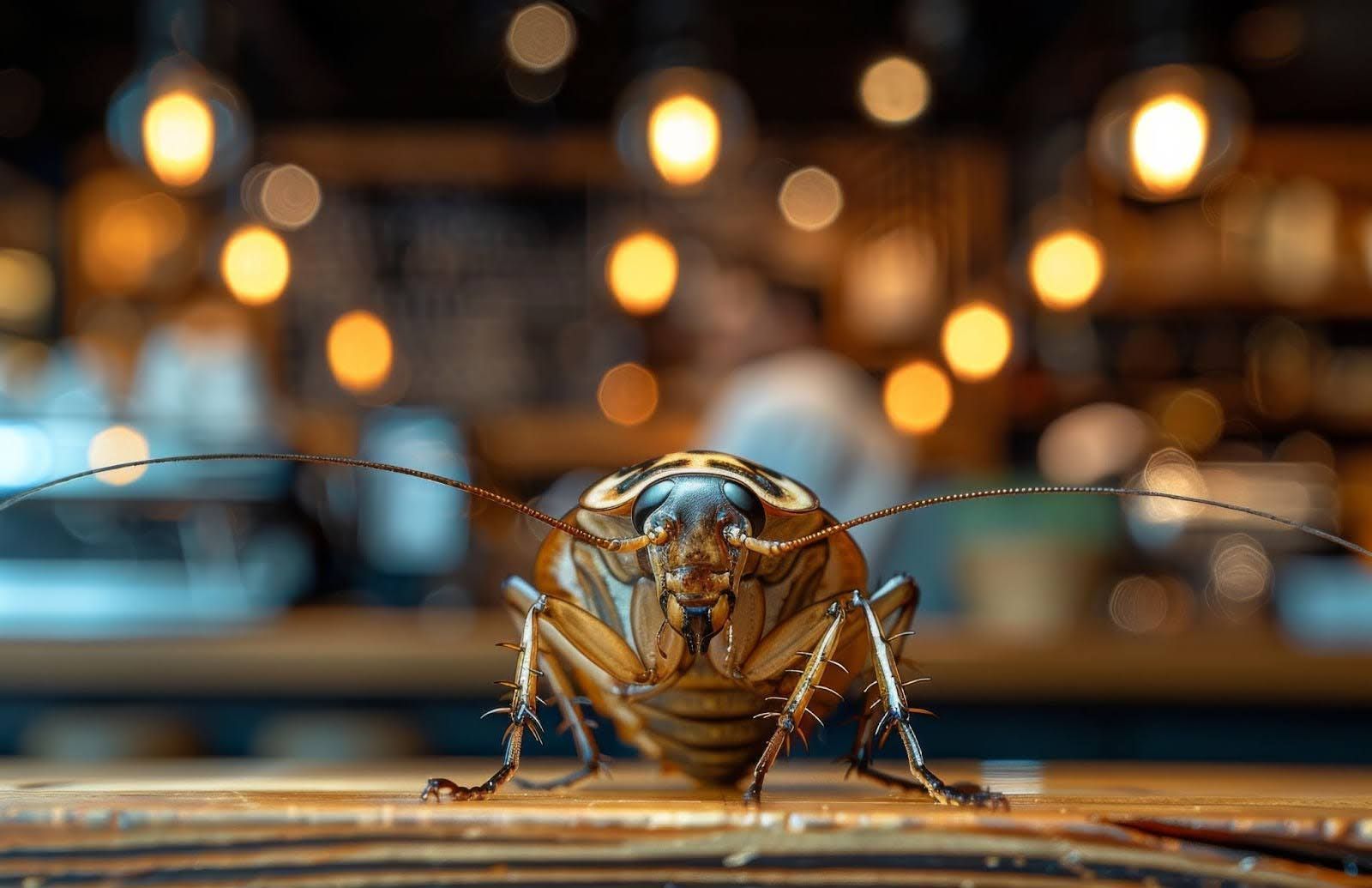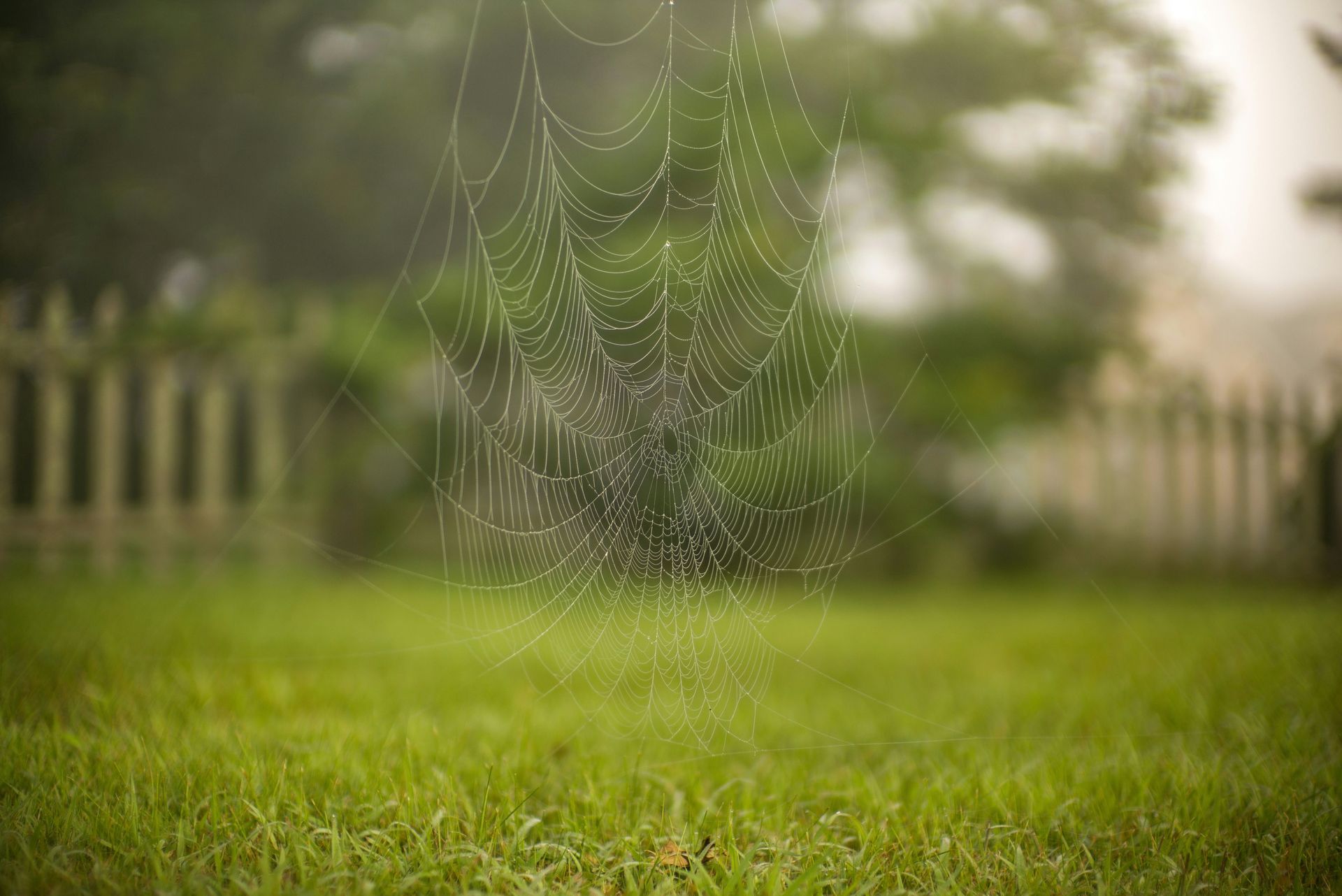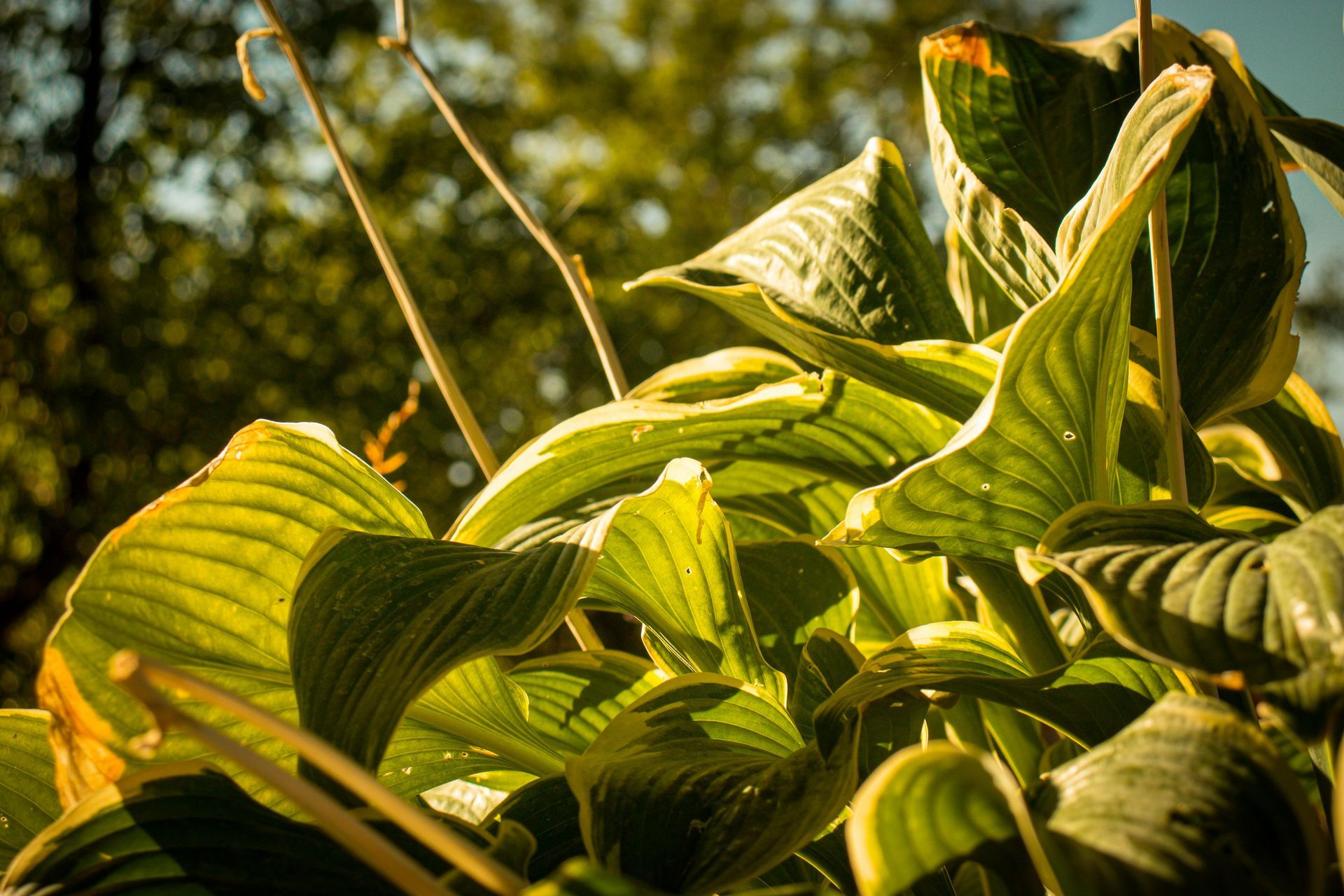Winter Pest Control: Keeping Your Nevada Home Safe and Secure
When the cold season rolls around, residents in Nevada find themselves facing a unique set of challenges. One such challenge is the intrusion of pests seeking shelter from the chilly outdoor temperatures. Homes become desirable havens for these unwelcome guests, ranging from rodents seeking warmth to insects hiding away until spring. Addressing this issue is crucial for maintaining a safe and comfortable living environment during the winter months.
Understanding Nevada's Winter Pests
As the vibrant colors of autumn fade and the temperatures in Nevada start to drop, households begin to face a different kind of challenge – winter pests. These unwelcome guests, including rodents like mice and rats, as well as various types of spiders, seek refuge in the warmth of homes, making winter pest-proofing an essential task for residents. The key to effectively safeguarding your home from these cold-weather pests lies in understanding what you're up against.
Among the most common invaders are rodents, particularly mice and rats, which are not only a nuisance but can also pose significant health risks. These pests are known for their ability to spread diseases, contaminate food, and even cause structural damage to your home by gnawing on electrical wires and insulation. Another group of pests that become more prominent during the winter months are spiders. While most spiders found in Nevada homes are harmless, their presence can be unsettling and, in some rare cases, pose a risk if venomous species are involved.
These pests are driven indoors by the cold, seeking shelter, food, and water. Our homes provide an abundance of these necessities, making them a prime target for infestation. Common entry points for these pests include cracks and crevices in the home's exterior, gaps around doors and windows, and openings around pipes and utility lines. Once inside, they can be difficult to remove, making early prevention crucial.
Understanding the behaviors and tendencies of these pests is the first step in safeguarding your home. Both rodents and spiders prefer dark, undisturbed areas, such as attics, basements, and wall voids. They are also attracted to food scraps, pet food, and clutter, which can provide them with the resources they need to survive and reproduce. Recognizing these attractants and potential hiding spots within your home can help you take proactive measures to prevent them from settling in for the winter.
Thus, comprehensive winter pest proofing in Nevada is not just about exclusion but also about making your home less appealing to pests. By understanding what attracts these pests and where they are most likely to enter and reside, you can effectively reduce the risk of infestations, ensuring a safe and comfortable environment for your family during the colder months.
Winter Pest Proofing Strategies for Your Nevada Home
Once you've recognized the types of pests looking to make your warm home their winter refuge, the next course of action involves a multi-faceted strategy to keep these uninvited guests at bay.
Inspect and Seal Entry Points
The first line of defense against winter pests is securing your home's perimeter. Start by conducting a detailed inspection of your home's exterior. Look for cracks in the foundation, gaps around windows and doors, and openings around utility pipes and vents, which can serve as gateways for pests. To effectively seal these areas, use a combination of caulk for smaller gaps and steel wool or mesh for larger openings, as these materials can prevent rodents from gnawing their way in. Weather stripping around doors and windows can also prevent spiders and other small insects from entering.
Reduce Attractants Inside and Around Your Home
Pests venture indoors not just for warmth, but also for food and water. To make your home less inviting, address these attractants directly. Store food in airtight containers and keep all eating areas clean and free of food scraps. Regularly dispose of garbage in sealed containers. Declutter your home, particularly areas like basements, attics, and garages, to reduce hiding spots for spiders and rodents. Manage moisture by fixing leaks and ensuring drainage systems are functioning properly, as this can deter pests looking for water sources.
Non-Toxic Prevention Methods
For those seeking eco-friendly ways to deter pests, there are several non-toxic options available. Certain essential oils, such as peppermint and eucalyptus, are known to repel spiders and can be used in spray form around potential entry points. Ultrasonic repellents offer a humane way to deter rodents by emitting sounds uncomfortable for pests but inaudible to humans and pets. These methods are not only safe for your family and pets but also beneficial for the environment.
The Importance of Early Winter Inspections
Identifying and addressing potential pest issues before the cold sets in is crucial. An early winter inspection, either conducted by homeowners or professional pest control services like Natura Pest Control, can pinpoint risk areas and existing infestations that may worsen during the winter months. Professional services can offer thorough inspections, prevention advice, and customize a plan that best suits your home's specific needs, ensuring peace of mind throughout the season.
By tackling pest proofing with a well-rounded approach – from physical barriers to reducing attractants and exploring non-toxic deterrents – homeowners can significantly reduce the chances of winter pest infestations. Remember, early and proactive measures are key to keeping your Nevada home pest-free during the chillier months.
As Nevada's chilly winds begin to whistle and the landscape braces for winter, homeowners find themselves gearing up for a different kind of seasonal preparation: Winter pest-proofing. Following steps to inspect and seal entry points, reduce attractants, and employ non-toxic prevention methods are all crucial. Equally important is recognizing when professional assistance is necessary and maintaining a vigilant approach throughout the winter months to ensure these defenses remain effective.
Engaging Professional Help When Necessary
While the DIY approach to pest proofing can be effective, certain situations require the expertise and tools of a professional pest control service. Complex infestations, hard-to-reach entry points, or identifying the type of pest can all present challenges best handled by experts. Professional pest control services, such as Natura Pest Control, offer not just reactive solutions but also proactive preventative strategies that are eco-friendly and safety-conscious. Their knowledge of the behavior of winter pests in Nevada and the most effective barriers against them can prove invaluable in safeguarding your home comprehensively.
Seasonal Tips for Ongoing Protection
Winter pest proofing is not a set-it-and-forget-it task. Continuous vigilance is key to ensuring your home remains a fortress against pests. -
Periodic Checks
Regularly inspect the seals around windows, and doors, and any repairs made to cracks or openings. Over time, these can deteriorate, providing opportunities for pests to enter.
Maintain Clutter-Free Spaces
Pests seek out hiding spots. Keeping your home, particularly basements, attics, and storage spaces, clutter-free can greatly reduce the likelihood of pests settling in.
Manage Waste Efficiently
Ensure trash is stored in sealed bins and removed regularly from the property. Compost should also be managed properly to not attract rodents searching for food.
Stay Vigilant with Food Storage
Continuing to store food in airtight containers and maintaining a clean kitchen will deter pests throughout the winter.
Prepare for Spring
As winter winds down, start preparing for spring by inspecting for any signs of pest activity and addressing them promptly. This prepares the ground for a pest-free environment in the warmer months. By taking these steps, leveraging the expertise of professionals when necessary, and maintaining an ongoing pest-proofing regimen, you can enjoy the winter months in Nevada with one less concern. The peace of mind in knowing your home is shielded against unwelcome critters allows for a more pleasant winter experience, focused on the joy of the season rather than the nuisance of pests. Remember, effective pest management is a year-round commitment that keeps your home safe and comfortable for everyone within.
Don't let pests take over your home this winter. Protect your sanctuary with the trusted solutions from Natura Pest Control.




